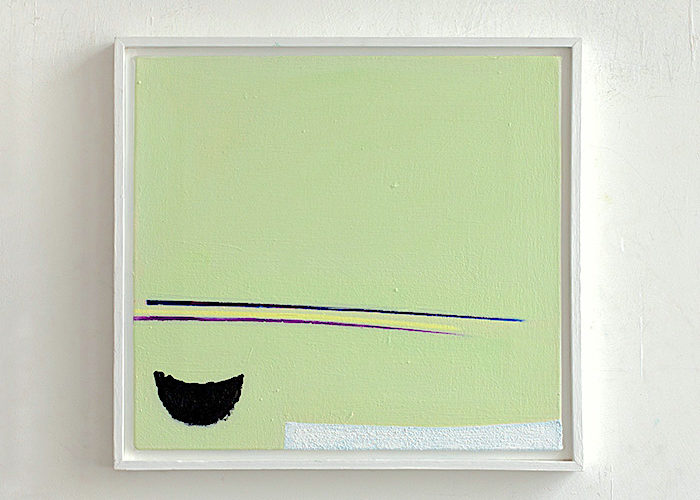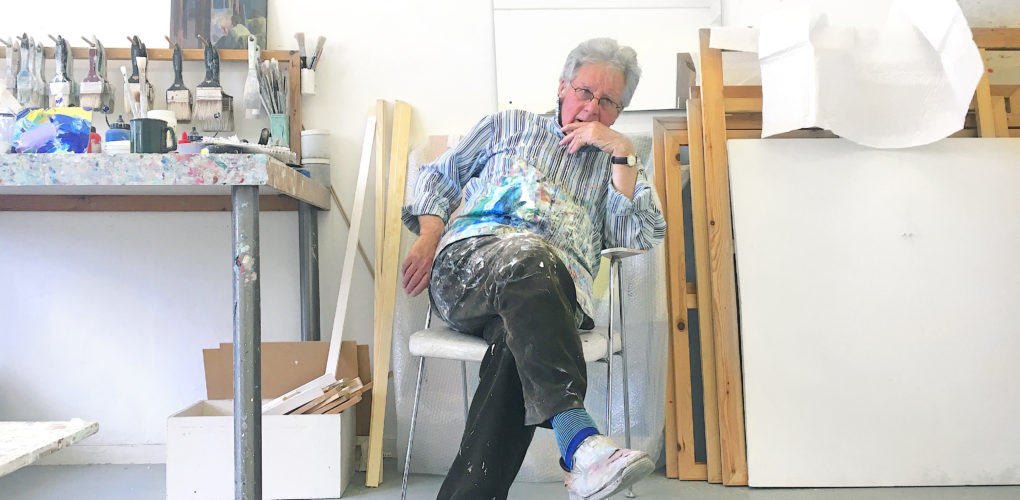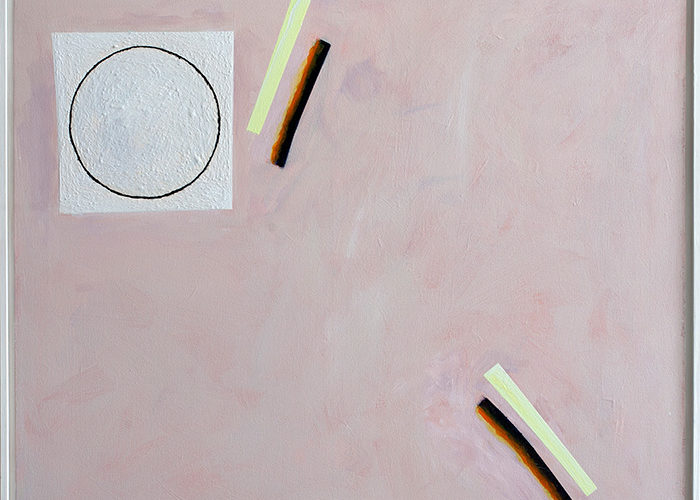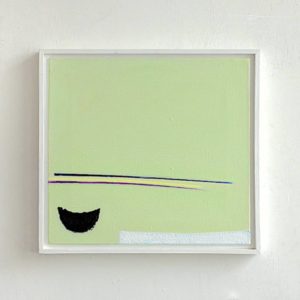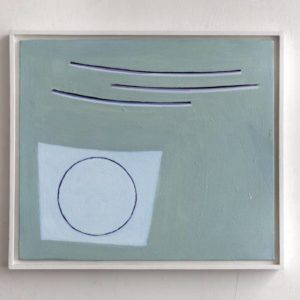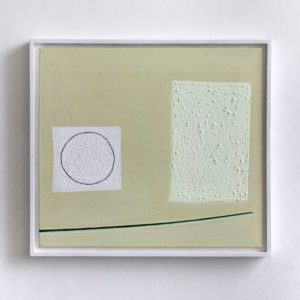Inside the Studio
 Cuillin Bantock and the Abstracted Maritime Landscape
Cuillin Bantock and the Abstracted Maritime Landscape
What are the major themes you pursue in your work?
My primary and persistent interest is in the particular maritime landscape where I lived as a child and which I still periodically revisit.
My home was a small house, being the only building on a four-mile stretch of sand-dunes in North Wales. I make drawings when I am there now, but my paintings are studio-based in London. My main concern is with outside space and natural light rather than depiction of particular features of the terrain.
How did you first get interested in your medium, and what draws you to it specifically?
A exhibition of Van Gogh’s paintings in Birmingham, in about 1947 when I was twelve, was a key moment. Shortly after that I discovered oil paint. I have painted all my life though I trained as a zoologist and research scientist. I spent three years at Camberwell College of Art in the early 1960s and returned to painting full-time in the late 1980s after a career in environmental research.
Far from finding the limitations of painting limiting, I find the whole business intensely liberating. Anything seems possible once the constraints are accepted. I now work with acrylic paint rather than oil, as it lends itself better to improvisation.
How has your style and practice changed over the years?
I abandoned straight depiction the moment I returned to painting full-time. My work has become simpler in the last few years – I see no point in adding complexity to an already complex world. I am aware that the marks I make have resemblances to things I remember having seen, but these are relevant only to me. For an observer, the painting must stand as an independent statement: he/she will bring his/her own agenda to bear anyway.
Can you walk us through your process? Do you begin with a sketch, or do you just jump in? How long do you spend on one work? How do you know when it is finished?
Starting a painting is always a terrifying, nail-biting moment. I sometimes start with a rapidly-made thumbnail suggested plan of the work, but once I start the work makes its own progress. That said, it is a process of continuous decision-making. My more successful paintings seem to happen when I “get right out of the way”, and am somehow not really there. The rhythm of working changes as the painting progresses – at the end the minutest inflections in the paint can be all important. I know a work is nearing completion when it tells precisely what to do. I work in silence, without music.
Who are some of your favorite artists, and why?
I have favourite paintings rather than favourite painters, but I would cross the world to see a big Milton Avery show. I respond very positively to certain Canadian painters: Jack Bush, William Perehudoff, but also to Nicholas de Stael, Botticelli, Georges Braque, Giorgio Morandi, and some Matisse.
Why these? Unanswerable really. Something about rightness, honesty of utterance – a sense of reality and pictorial energy.
Who are your favorite writers?
Always the English classics: Richardson, Fielding, Austen, Dickens, but not the Brontes so much. But also Proust, Thomas Mann, Turgenev, Nabokov, Mauriac, Henry James. I have read most Dostoevsky and Tolstoy, but have less time for the former these days.
I read quite a lot of biography and military history, especially to do with WW2.

